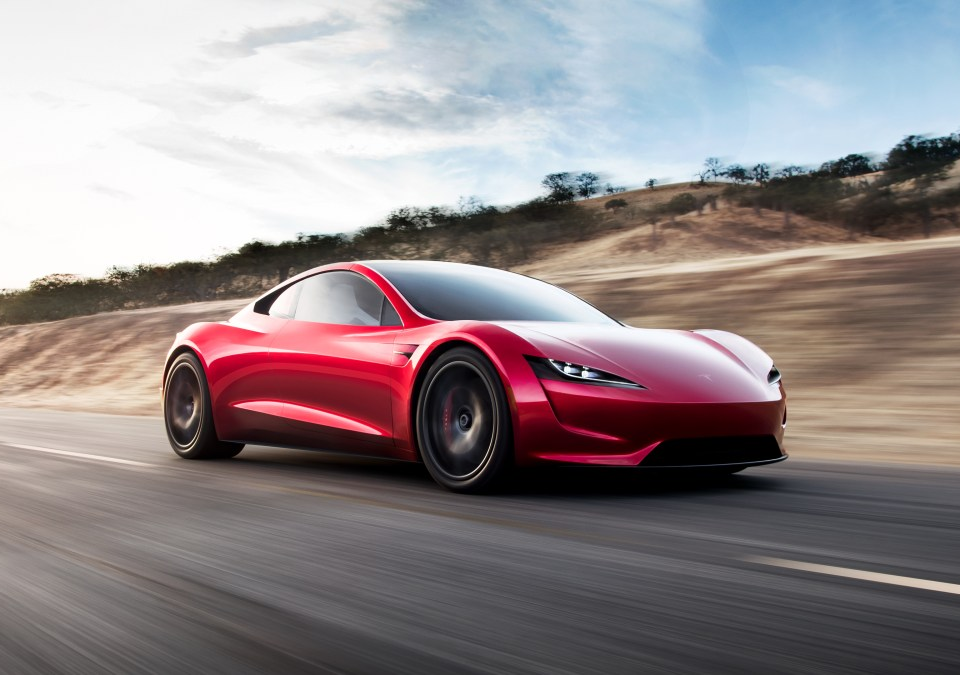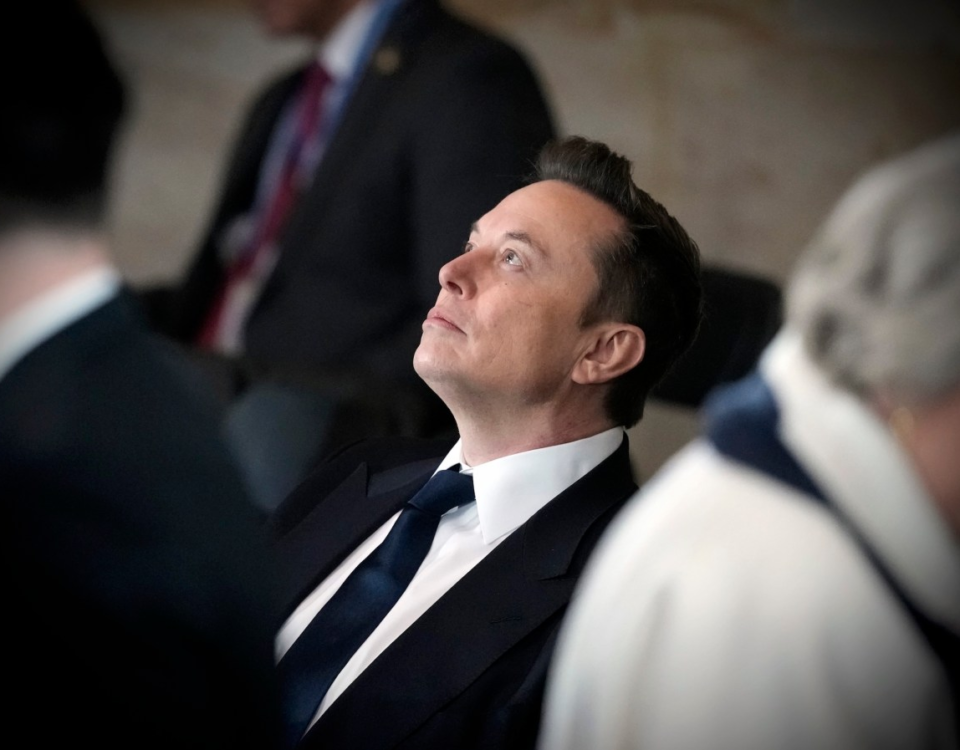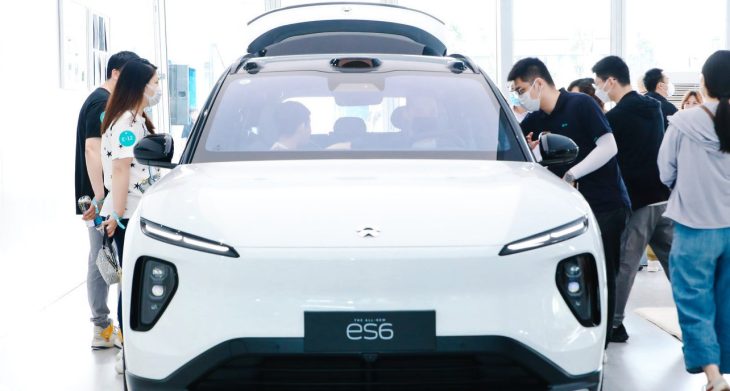
Nio said not to join China’s EV price war. Now it’s cutting $4K across all models
June 14, 2023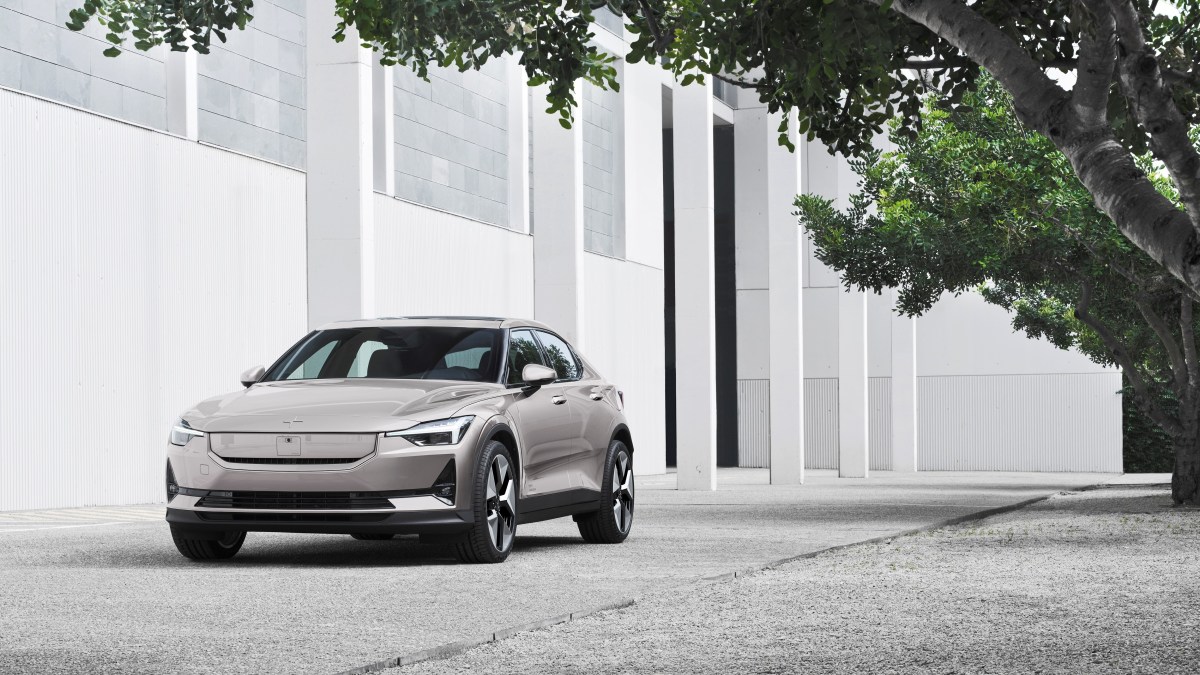
The 2024 Polestar 2 features more power and range
June 19, 2023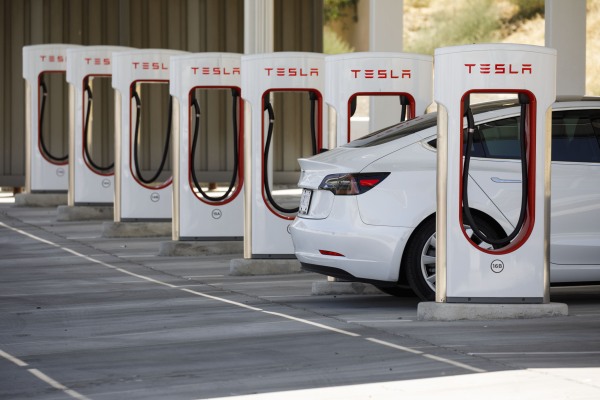

Seven months ago, when Tesla announced it would share its EV charging connector design to encourage automakers to adopt the technology and help make it the new standard in North America, few, if any, predicted competitors would bite.
Now, with Ford and General Motors agreeing to integrate Tesla charging tech in their next-gen vehicles by 2025, the EV industry is suddenly on the cusp of a shift that could splinter the market.
“These announcements with Ford and GM solidify that there will continue to be a standards war for a decade,” Arcady Sosinov, founder and CEO of fast-charging startup FreeWire Technologies, told TechCrunch+. “NACS (Tesla’s standard) is a better experience, and more OEMs, we believe, will converge on it.”
Most electric vehicles in the U.S., with the exception of Tesla, use the Combined Charging System, an internationally recognized charging standard developed by a consortium of automotive manufacturers, including Ford, Volkswagen and Daimler. Tesla went a different direction and developed a charging ecosystem (dubbed the North American Charging Standard, or NACS) that includes the charging port and connector. Tesla also built out a network of thousands of fast chargers called Superchargers, which are only accessible to vehicles with the NACS standard.
CCS has been the go-to standard for automakers. However, the quality of Tesla’s charging system — from the size and weight of the charging cables to the quality of the Supercharging stations to the ease of payment — has helped propel the automaker to become the No. 1 seller of EVs.
“Ford and GM are saying they can’t wait any longer,” Sosinov said. “They can’t put their success in the hands of these charging networks that are just not doing it, and that’s a really big statement to make and should be a shot across the bow at folks like the Electrify Americas and the EVgos.”
Tesla is poised to make 7,500 Superchargers available to non-Teslas by 2024, according to a statement from the White House, but it’s not clear whether Ford’s and GM’s alignments with Tesla have changed those plans.
Opening Tesla Superchargers to Ford, GM and possibly other automakers also gives Tesla guaranteed utilization on its infrastructure. But that comes with its own challenges. Tesla Superchargers located along corridors in California and parts of the East Coast are already crowded with Teslas.
Charging isn’t a high-margin business for Tesla. The automaker’s revenue from “services and other,” which includes Supercharging along with Tesla servicing and parts and used car sales, came to $1.8 billion in the first quarter. The cost of that revenue was $1.7 billion. But getting more use out of existing chargers could help Tesla fund the deployment of even more infrastructure, thus fracturing the industry further.
A two-standard system
The EV charging industry is a nascent one, and while CCS advocates might bemoan the premature demise of a standardized charging protocol, the fact remains that we’re already living in a two-standard system. At least in the United States.

